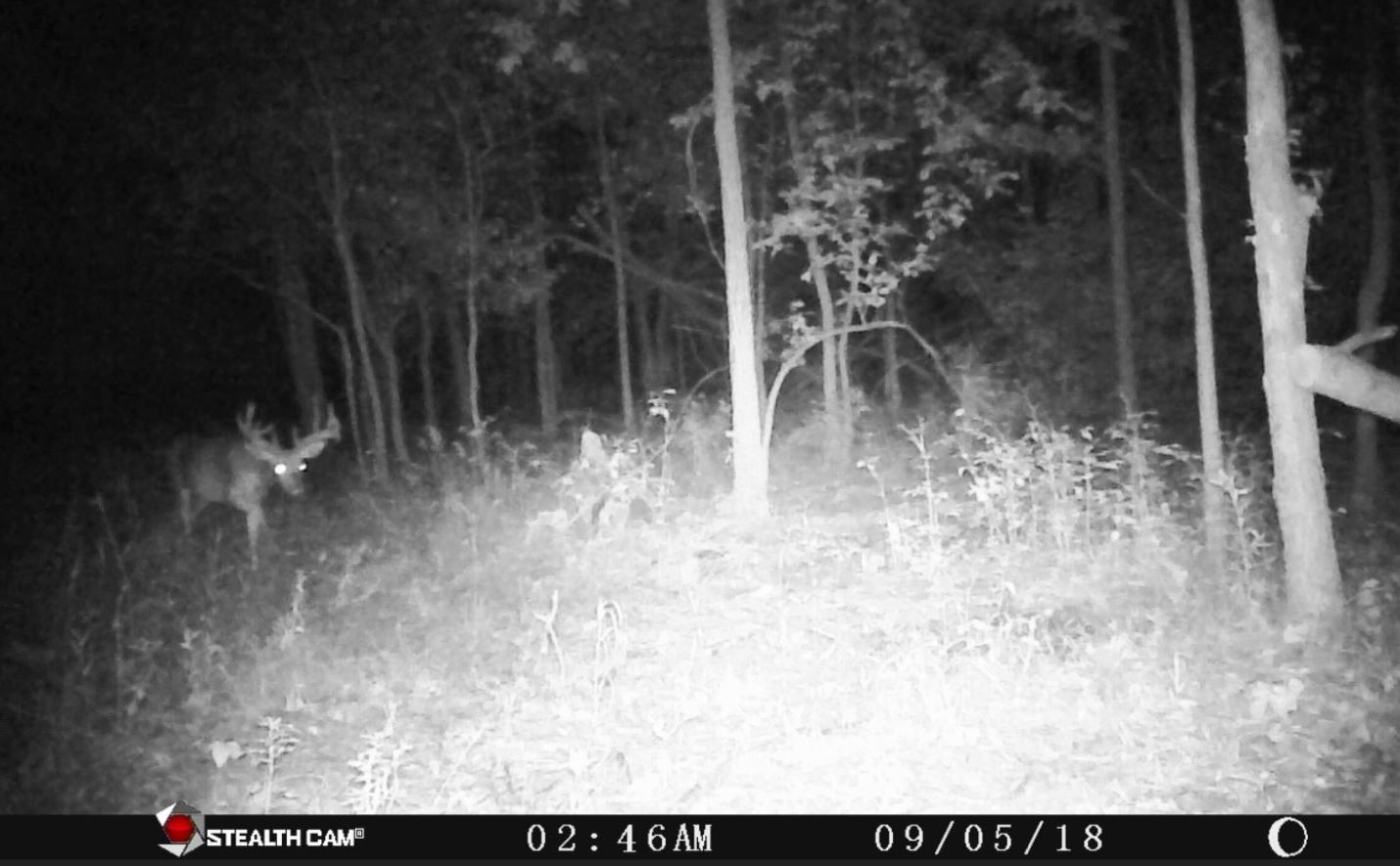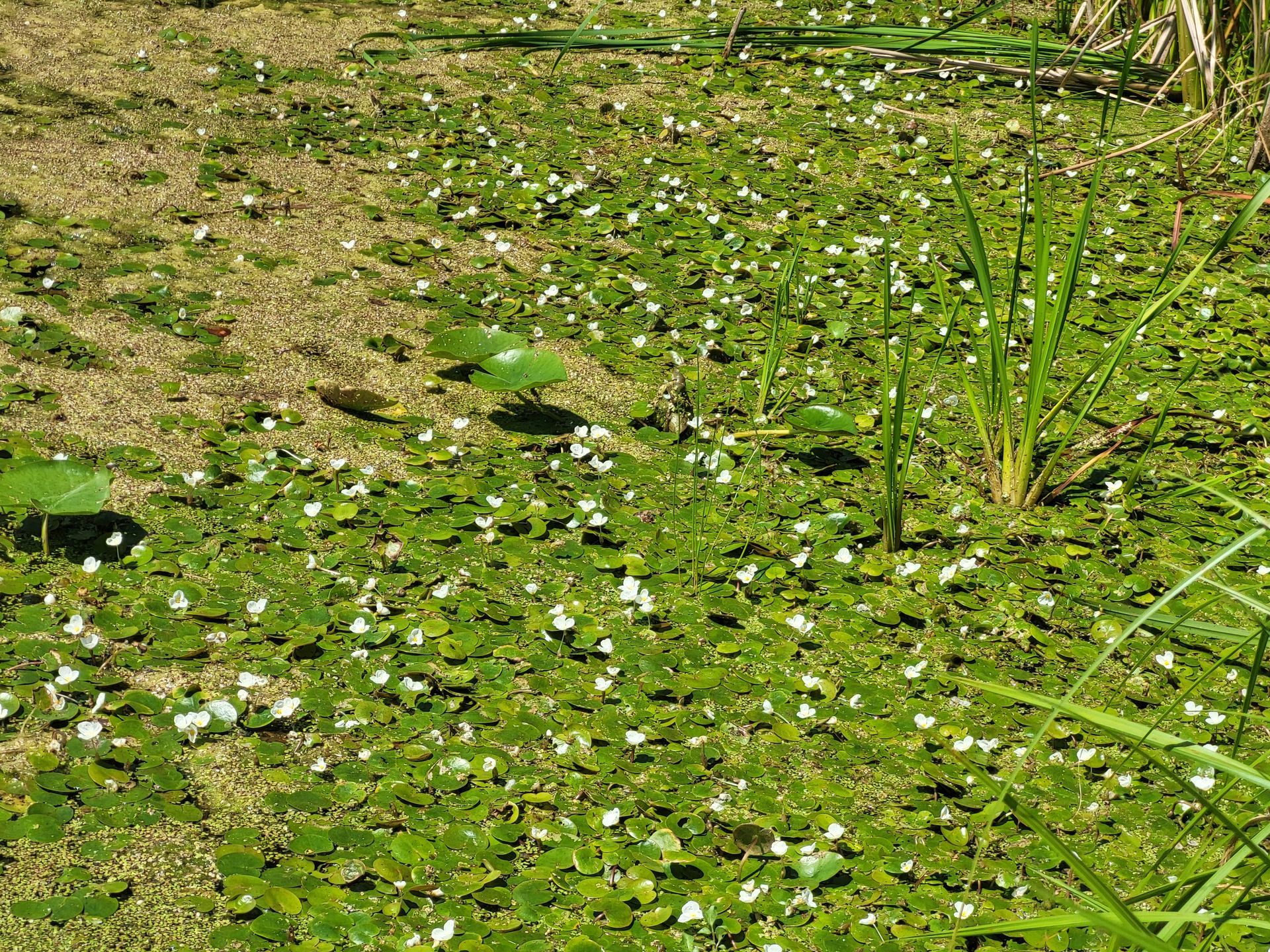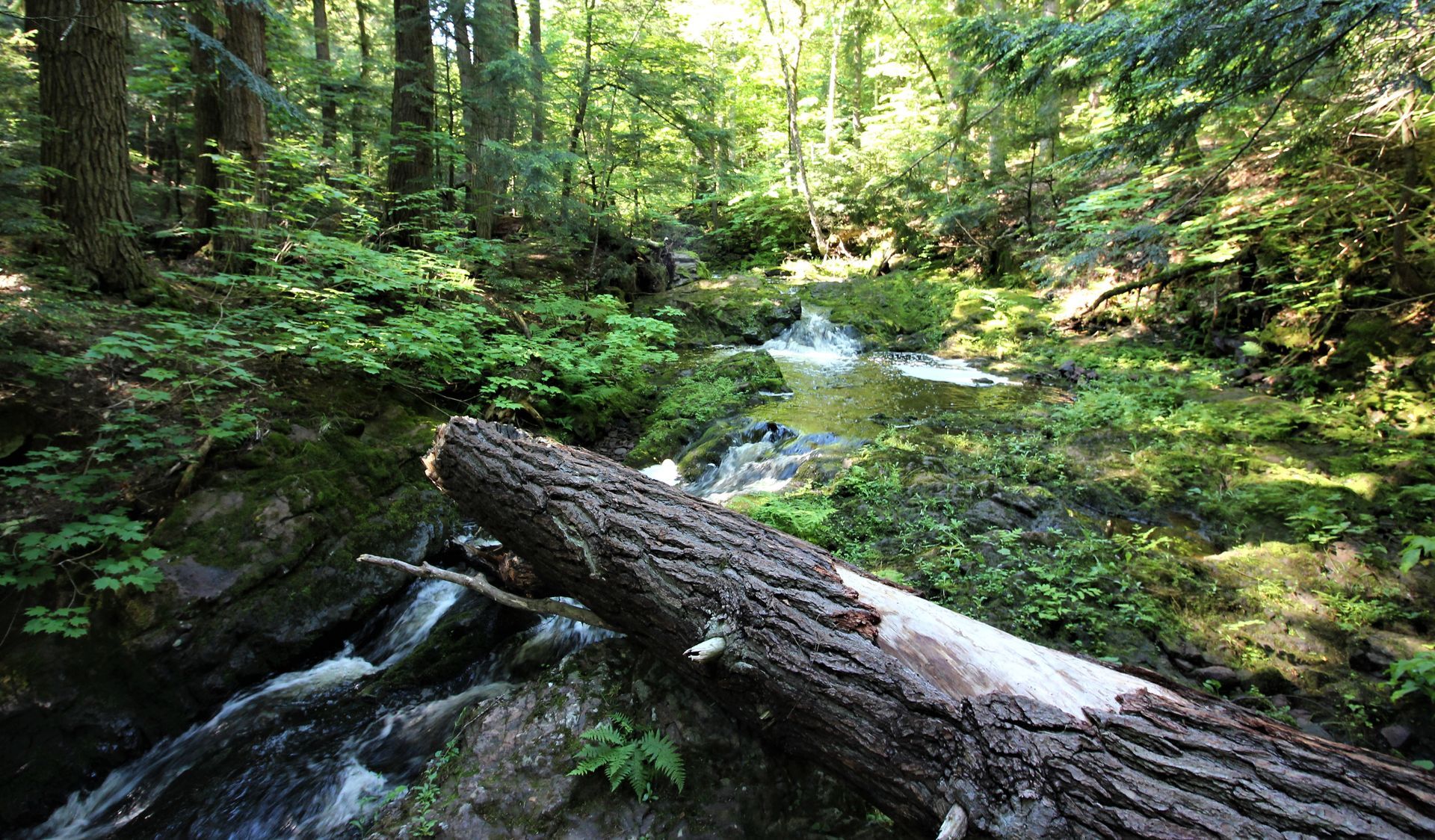In the Field: Mineral Ban
If you are a Michigan hunter, you have been affected by Chronic Wasting Disease (CWD) either directly or indirectly. CWD has consumed conversation and there’s more to come – but rightfully so. We don’t know everything about the disease or its implications. What we do know is that this neurological disease is always fatal and can be passed to other deer through direct contact, through contact with saliva, urine, feces, blood, parts of the carcass or the environment.
To combat this transmission and, hopefully, slow the spread of CWD there have been hunting and transport regulations set. Among the most debated of these regulations was the bait ban that took effect for the entire Lower Peninsula on January 31, 2019.
In the 2019 Michigan Hunting Digest
, bait is defined as a substance composed of grains, minerals, salt, fruit vegetable, hay, or other food materials, which may lure, entice, or attract deer as an aid in hunting.
The reason for this ban is to take responsible action and minimize the opportunity for deer to come into direct contact with each other. Yes, it happens during social interactions. Yes, it happens naturally when eating. That doesn’t mean human interference needs to encourage close(r) proximity and any behavioral responses that might come from it.
Banning bait doesn’t mean that bait itself is ‘bad,’ it simply means that bait being present can increase the risk of disease transmission. For the same reason, minerals fall into that category which is this week’s most popular question.
Eliminating minerals has been a concern for many hunters when it comes to attractants and health. This is a perfect opportunity to invest in habitat improvements. Deer that have access to high-quality habitat as a food source have everything they need for overall health, antler growth and supporting fawns. In the same respect, food plots can still be used as a supplement to seasonal nutrition. Food plots are not considered high risk because they are generally not small enough to encourage direct nose to nose contact; they tend to mimic agricultural fields instead.
Hunters have also voiced concern with the ability to conduct trail camera surveys without supplying bait (which includes minerals by definition). One piece of advice that I received was to place trail cameras on known deer paths. They are easy to spot and you know deer travel these areas consistently. This not only helps you get a good idea of what deer are using your property but it could serve as a good way to map buck sightings, locations and times for hunting purposes. I tried this technique in 2018 and had great luck.
Baiting, feeding and the use of minerals are not the culprits of CWD but their elimination is just one of many steps to help protect our Michigan deer herd. Slowing the spread of disease by minimizing the opportunity of direct contact is a necessary part of the equation.
Encourage hunters around you to get to know CWD and be able to answer questions about it. Understanding the regulations in the 2019 Hunting Digest is also crucial. You never know what questions you will have or what questions you will get from fellow hunters.
Battling disease is an unfortunate part of protecting our hunting heritage and natural resources. It’s going to take participation and support from Michigan hunters to keep making progress in the fight against CWD.
The post In the Field: Mineral Ban appeared first on Michigan United Conservation Clubs.
Recent Posts



